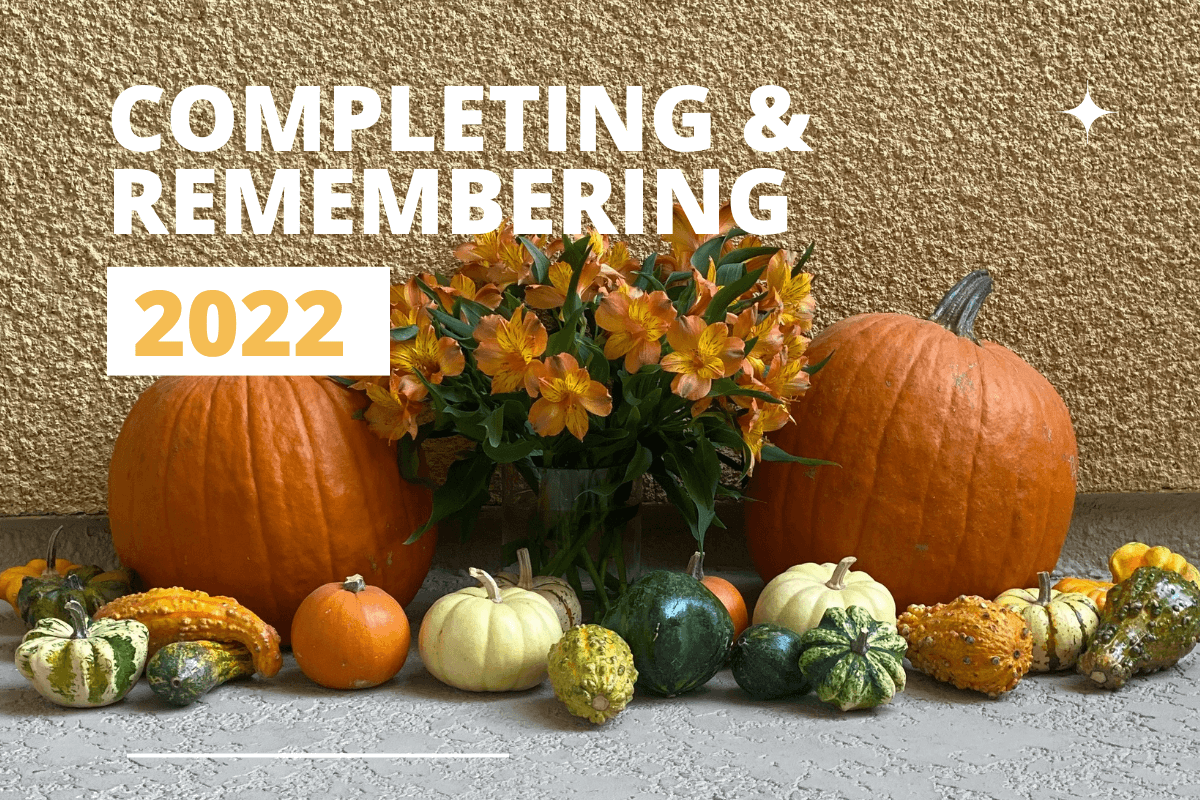By Brock Bastian, University of Queensland
Western culture places an extraordinary emphasis on happiness – and continuous happiness – as the goal each of us should strive for in our lives. But we’re increasingly realising this goal may actually be making us unhappy.
Television advertising shows people becoming happier with every new acquisition, alongside national campaigns promoting a take-no-prisoner’s approach to encouraging happiness. Barbara Ehrenreich captures this fixation well in her recent book simply titled “Smile or Die”.
Of course, feeling happy is a good thing. But happiness is only one aspect of the full range of human emotions. People also regularly feel gloomy, anxious and stressed. Despite the commonality of these negative emotional states, they are generally regarded in a quite a different light to happiness.
Normal levels of sadness, depression and anxiety are commonly pathologised and medicalised: viewed as deviating from the desired norm. Even common malaise is often diagnosed as an illness. Such negative emotions are treated with a wide array drugs and interventions designed to quickly and efficiently return us to “normality”.
Meanwhile, the many benefits of negative emotions – such as their creative potential, importance for interpersonal relations and role in achieving a rich and meaningful life – are rarely appreciated or talked about.

So what impact does a cultural obsession with happiness, and a relative devaluation of sadness, have on people when they inevitably do feel sad?
Social norms which place a singular focus on happiness as desirable and sadness as undesirable may increase perceived social pressures not to feel sad, with detrimental consequences for emotional functioning. This possibility was supported by research my colleagues and I recently published in Emotion, the journal of the American Psychological Association.
We found that perceived “social expectancies” not to feel sad were associated with increased negative emotions, depression and reduced well-being. When people think society generally doesn’t accept sadness or that other people expect them not to experience or express their sadness, they have more negative emotions on a weekly basis. They’re also more likely to report symptoms of depression and lower satisfaction with their lives.
In this research we also explored whether the effects of social expectancies may be more apparent in Western culture, where a higher premium is placed on happiness, compared with Eastern cultures, where emotional balance is considered more important.
What we found was that although the effects of social expectancies were evident in both cultures, they were more pronounced in Australia than in Japan. Not only did Australians perceive greater social pressure not to feel sad, they also evaluated themselves more negatively when they did feel sad, and in turn experienced a greater intensity of negative emotion on a daily basis.
We also found that social messages that reinforce these social expectancies serve to increase negative emotional responses when people recall past negative emotional events.
Don’t force yourself
Social pressures to feel happy make people feel like they’ve failed when they do feel sad, which in turn this makes them feel worse. Such negative reactions to our own negative emotions have been termed “secondary disturbances” within clinical psychology.

A “new-wave” within psychotherapy has begun to focus on the concept of “acceptance”. Accepting unpleasant emotional states is demonstrated as an important pathway towards reducing secondary disturbances and improving emotional and psychological functioning. Sadly, increased acceptance of a variety of emotional states is not readily supported by salient social norms.
On top of that, when people are collectively focused on feeling happy it creates social pressures that produce more sadness. A collective focus on the goal of feeling happy may lead to a kind of “pressure-cooker” effect where the mass pursuit of happiness serves the mass production of sadness. People subsequently feel that they have failed to meet both their goals and the standards set by society.
So what should we do? Wear hessian cloths and devote our lives to the pursuit of misery and gloom? Clearly, this is not good advice!
What we can do, however, is to aim a little more for that “golden mean” noted by Aristotle in all his wisdom. The good life is found between the extremes of deficiency and excess, and is therefore best served by a mixture of both pleasure and pain.
Brock Bastian receives funding from the ARC.
![]() This article was originally published at The Conversation. Read the original article.
This article was originally published at The Conversation. Read the original article.
Thank you The Conversation for allowing me to republish this article.
Andrea T. Goeglein, PhD
DrSuccess@ServingSuccess.com
http://www.linedin.com/in/drsuccessphd



